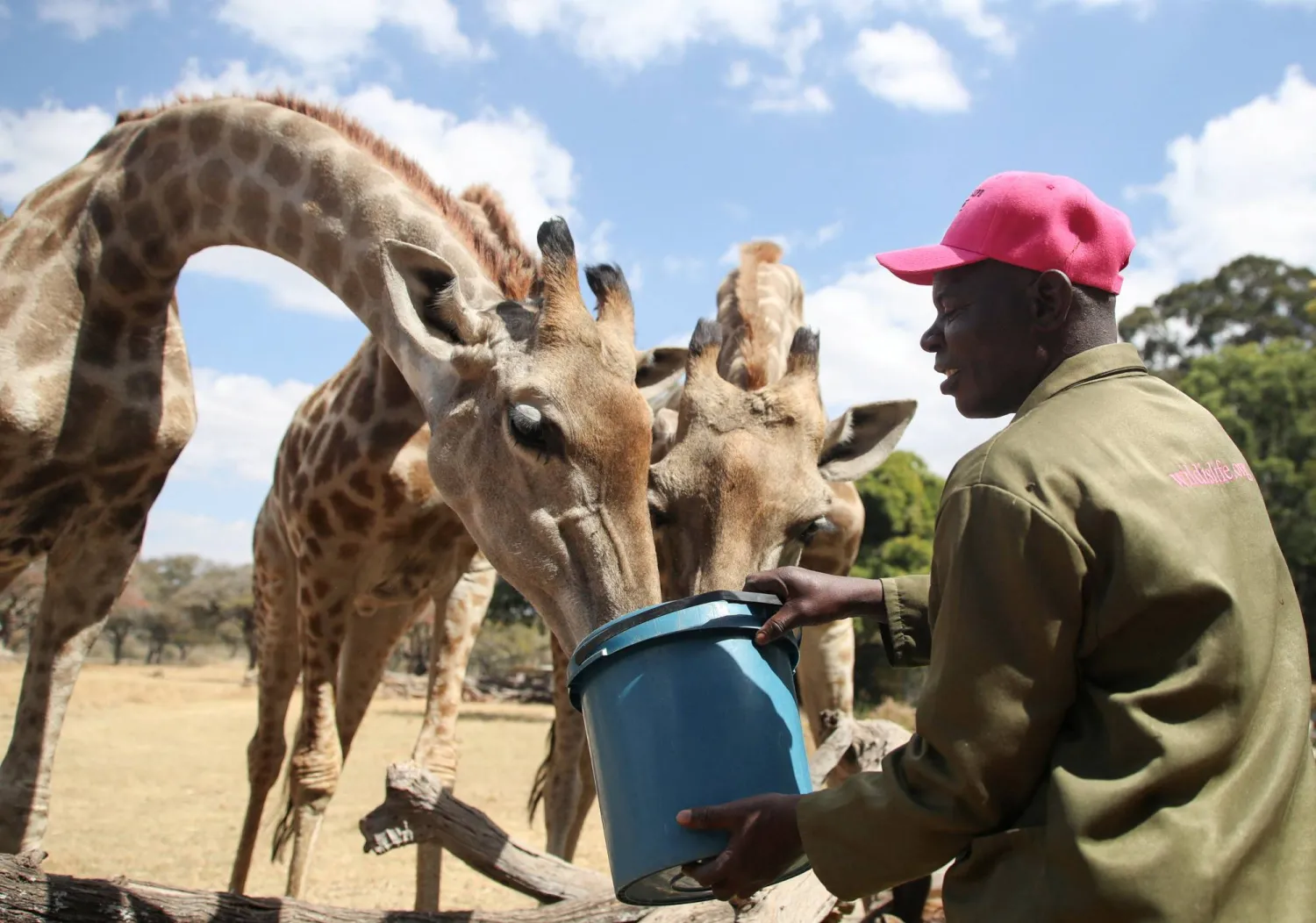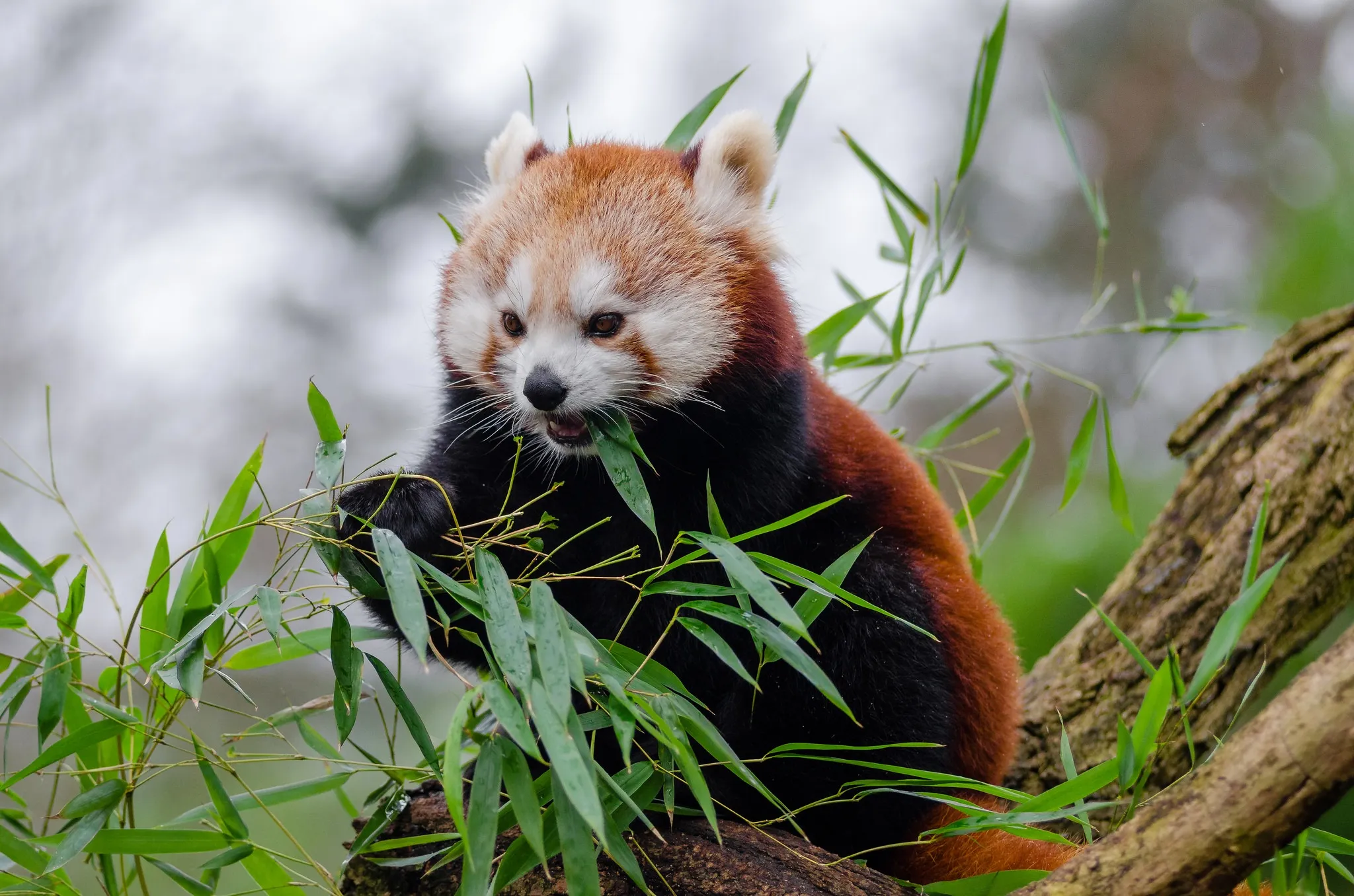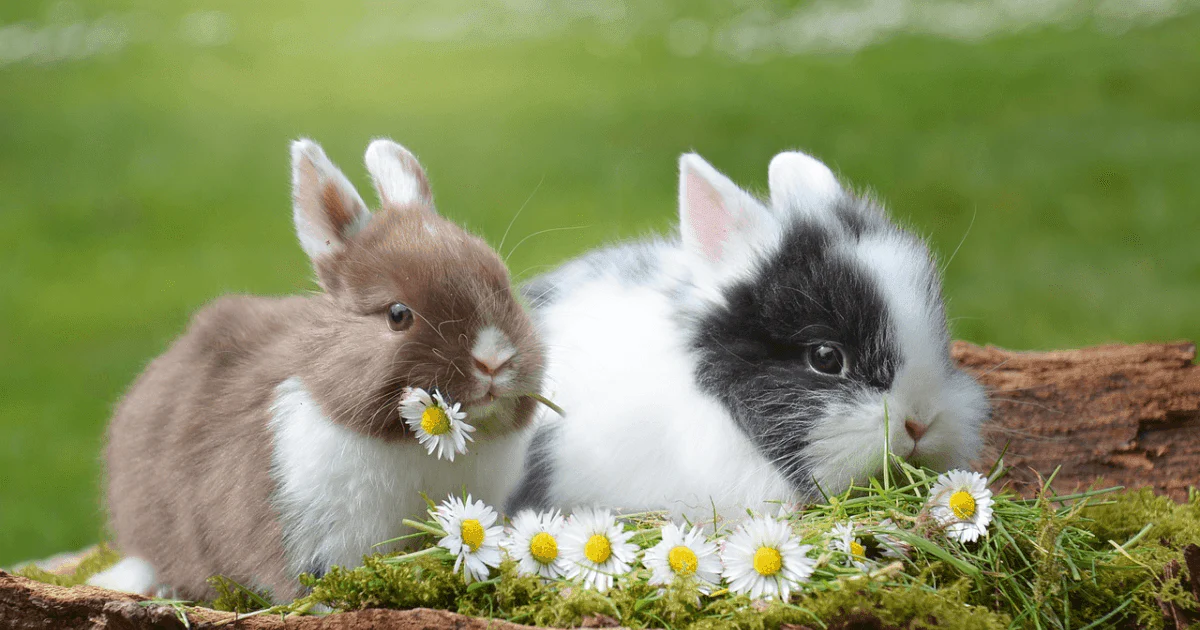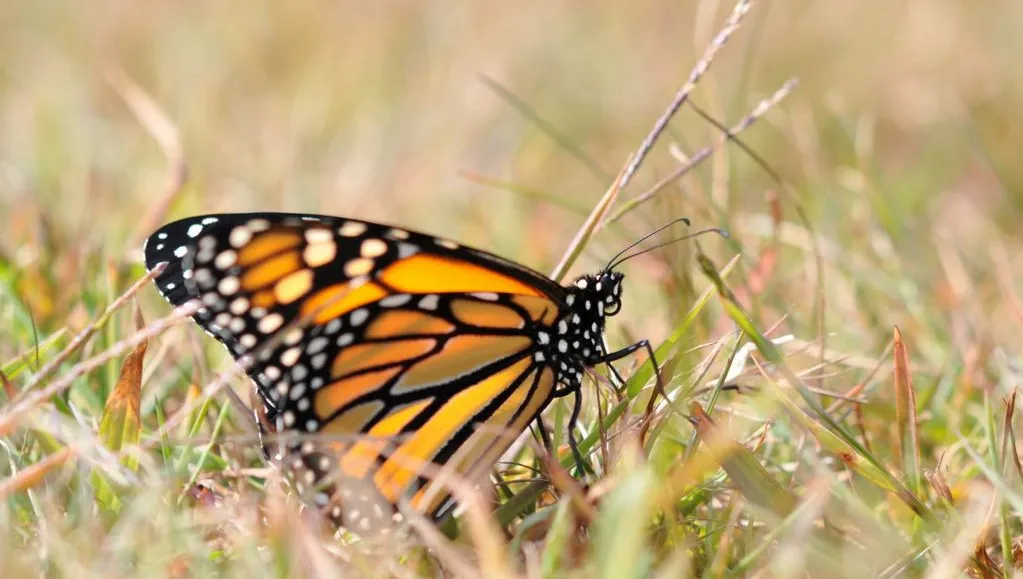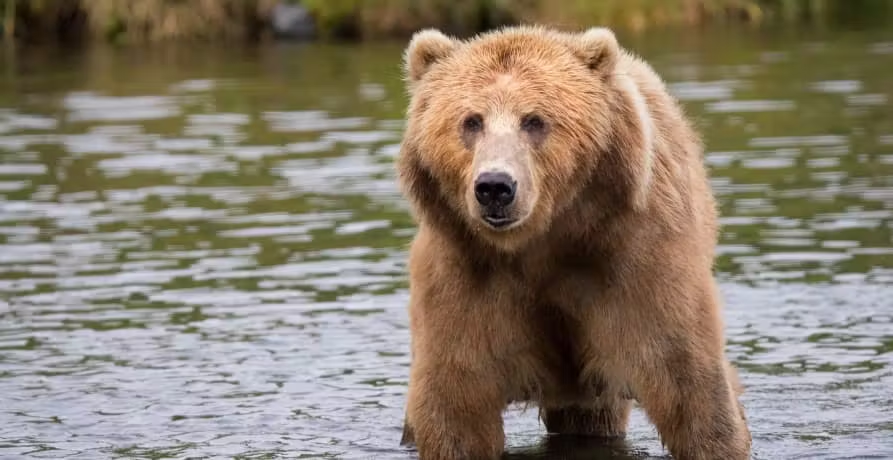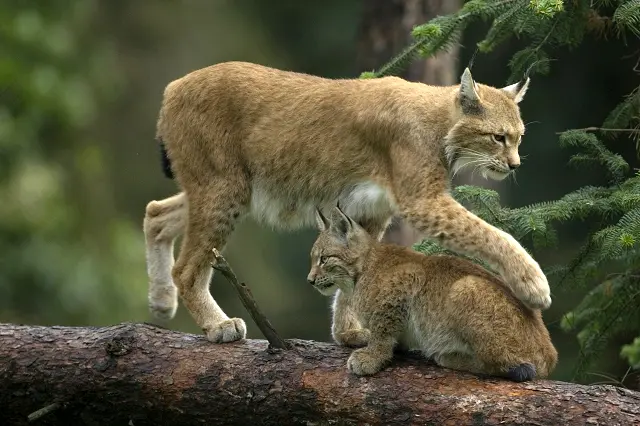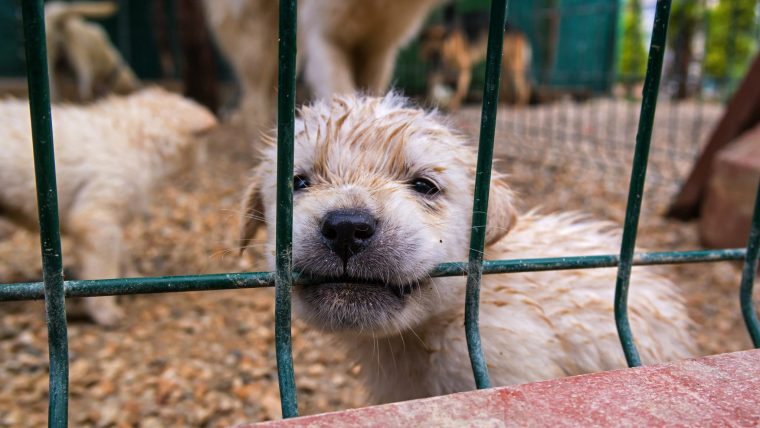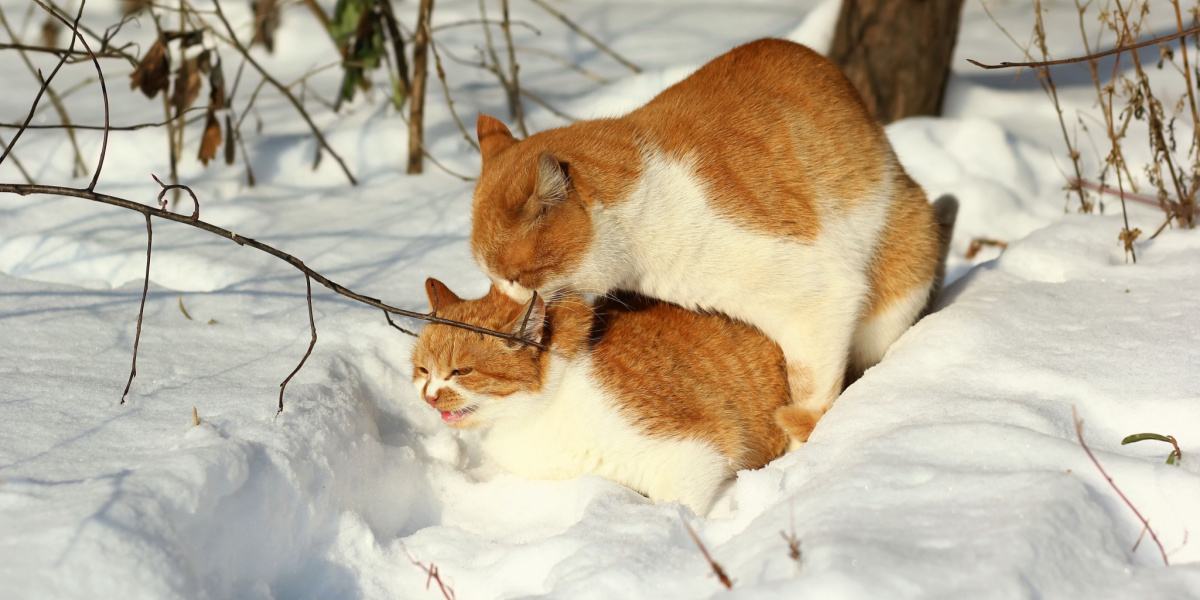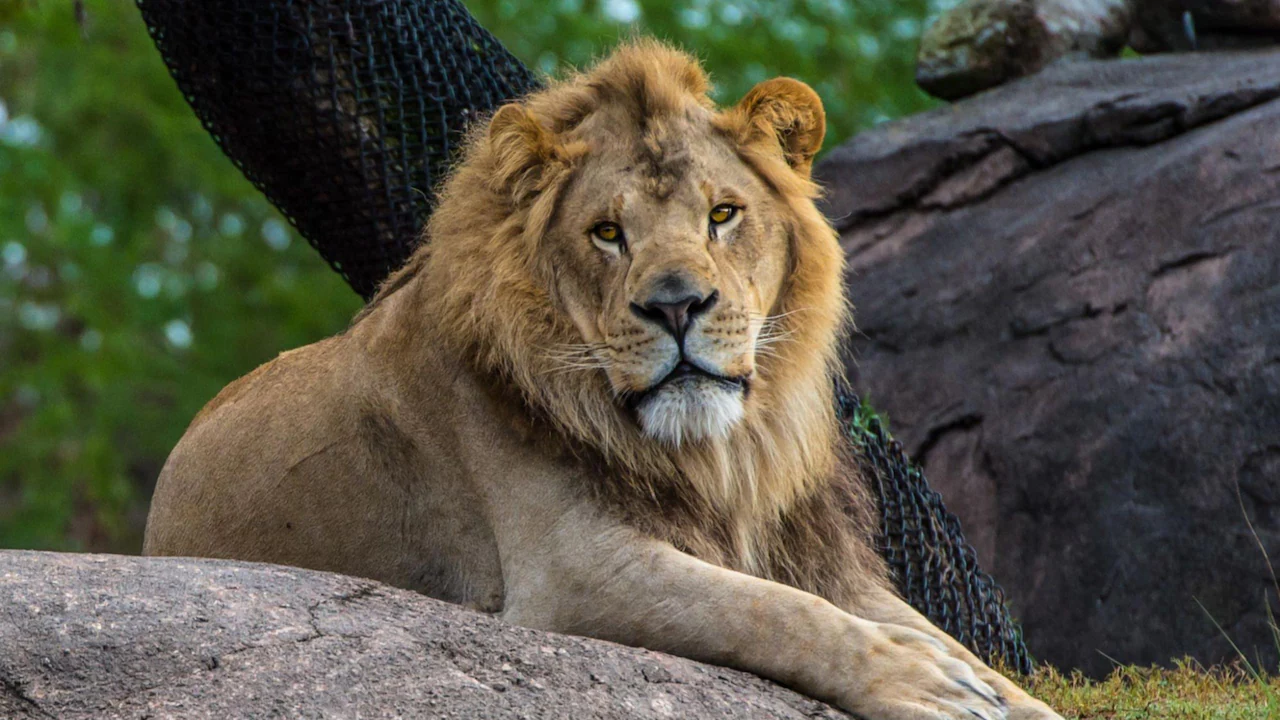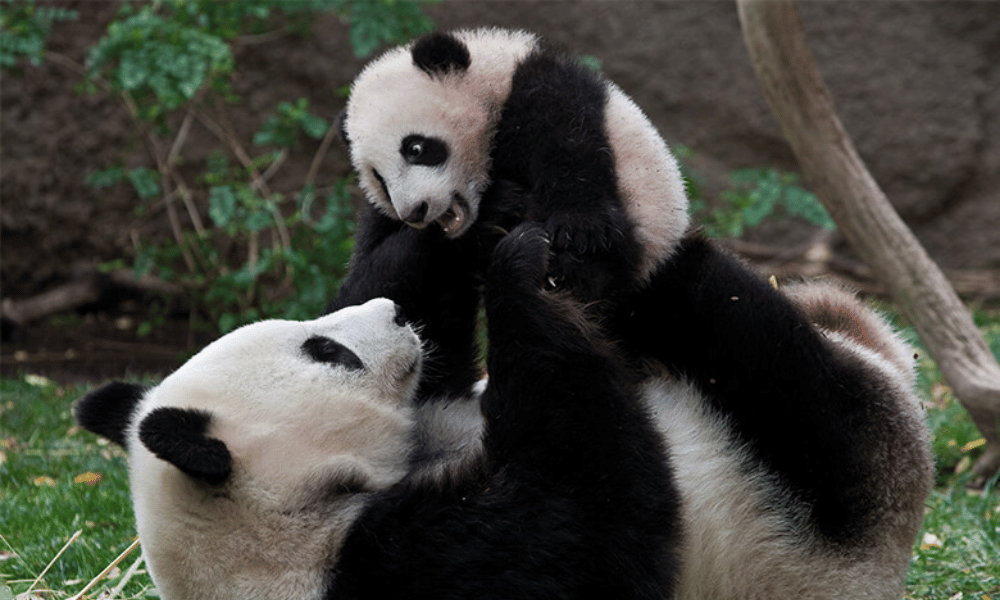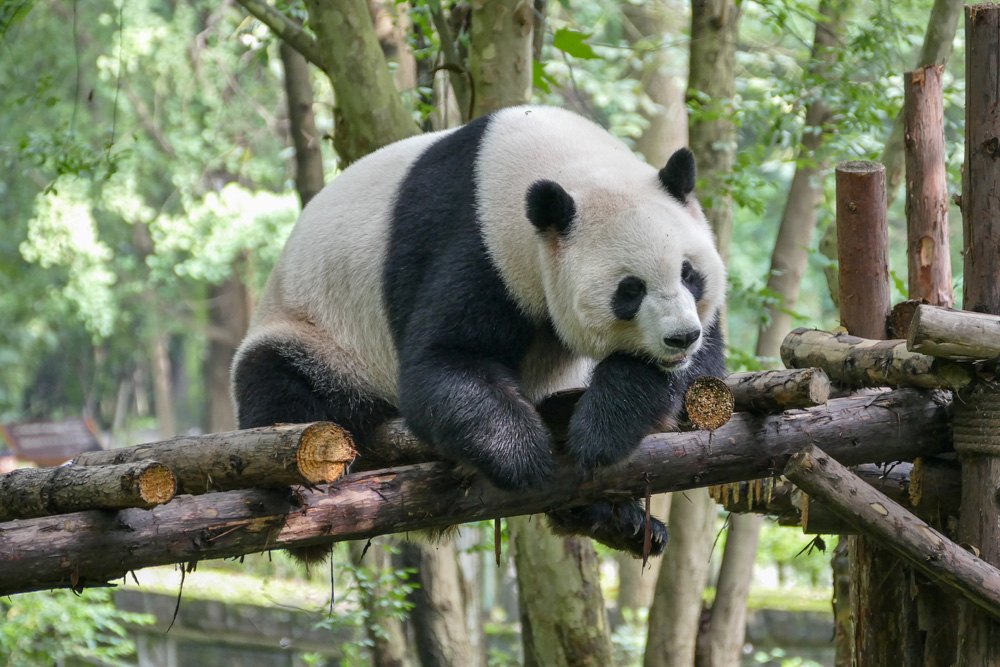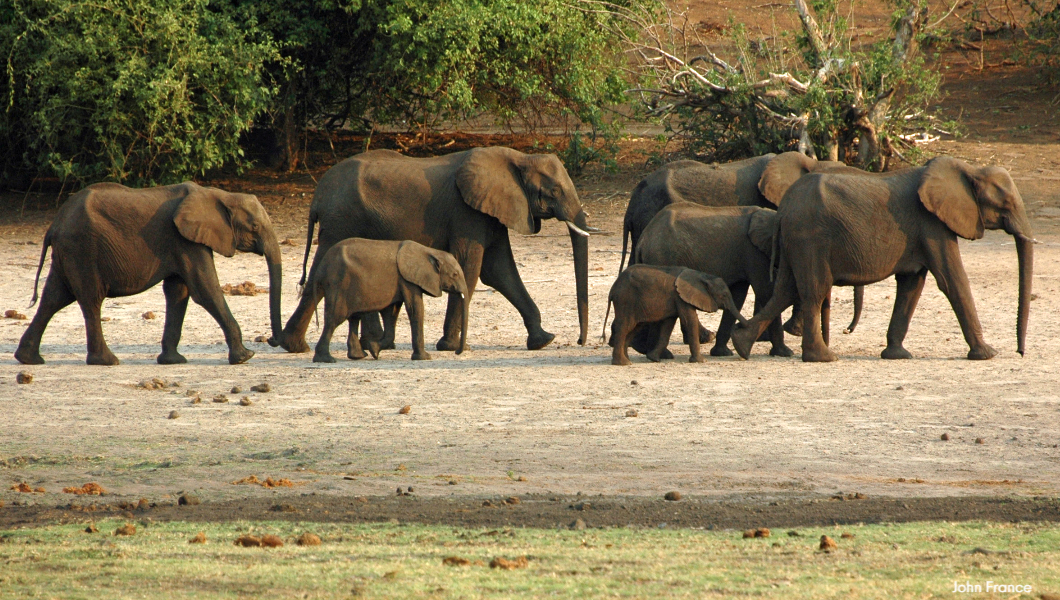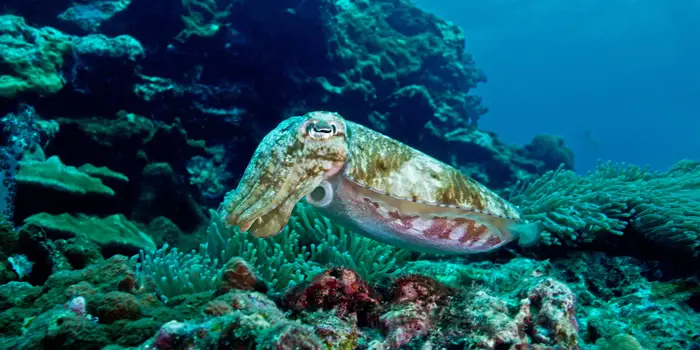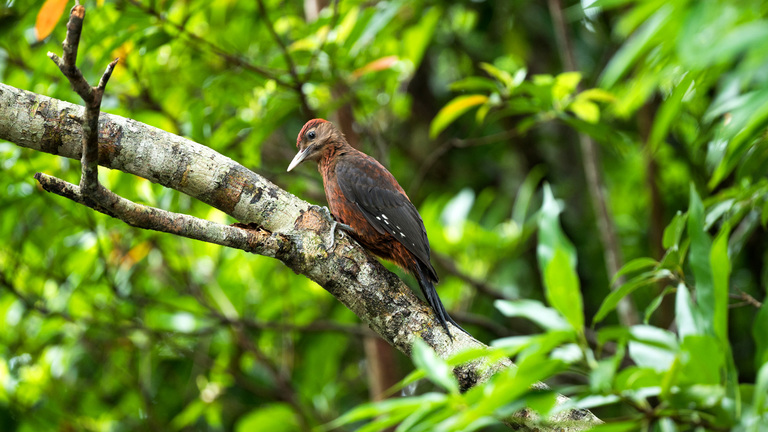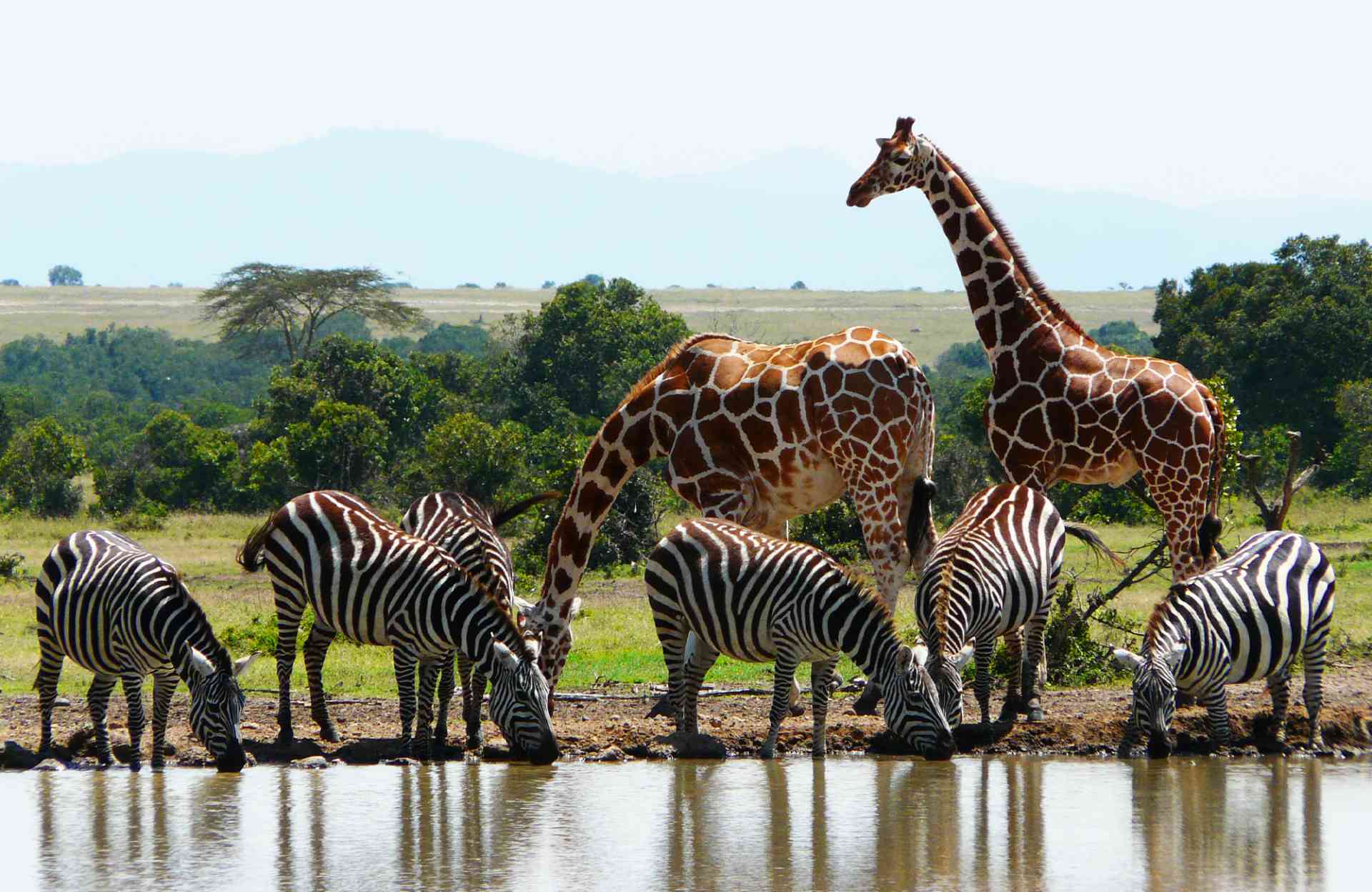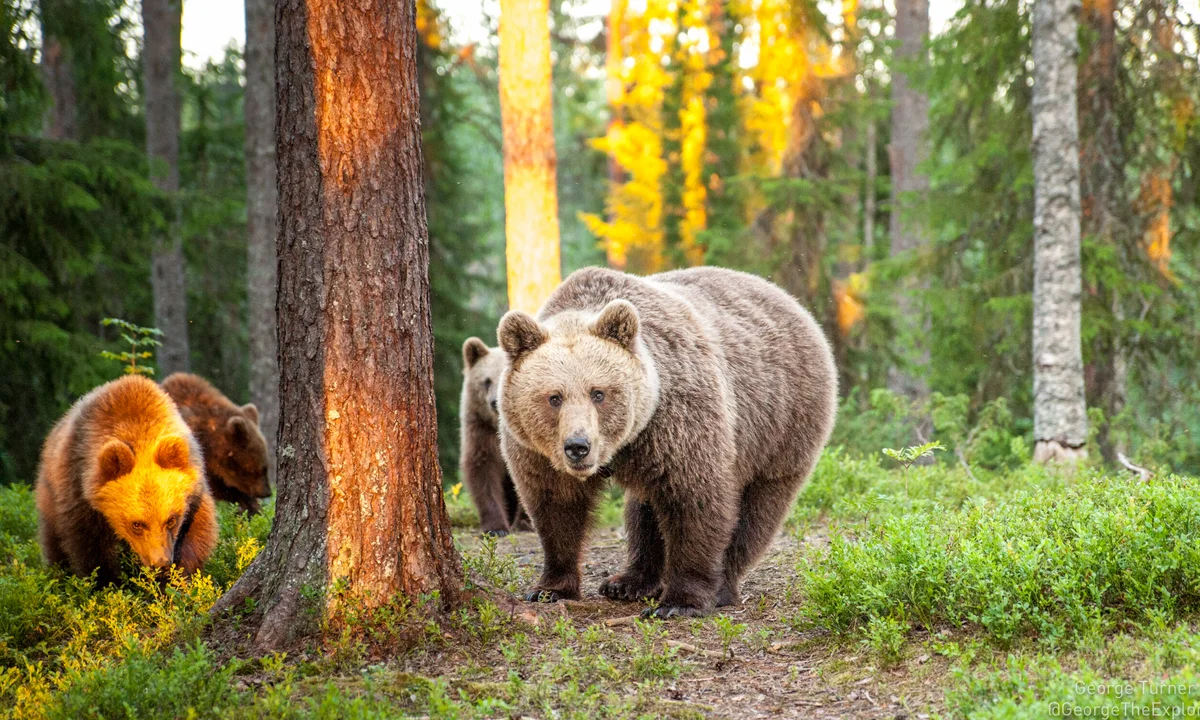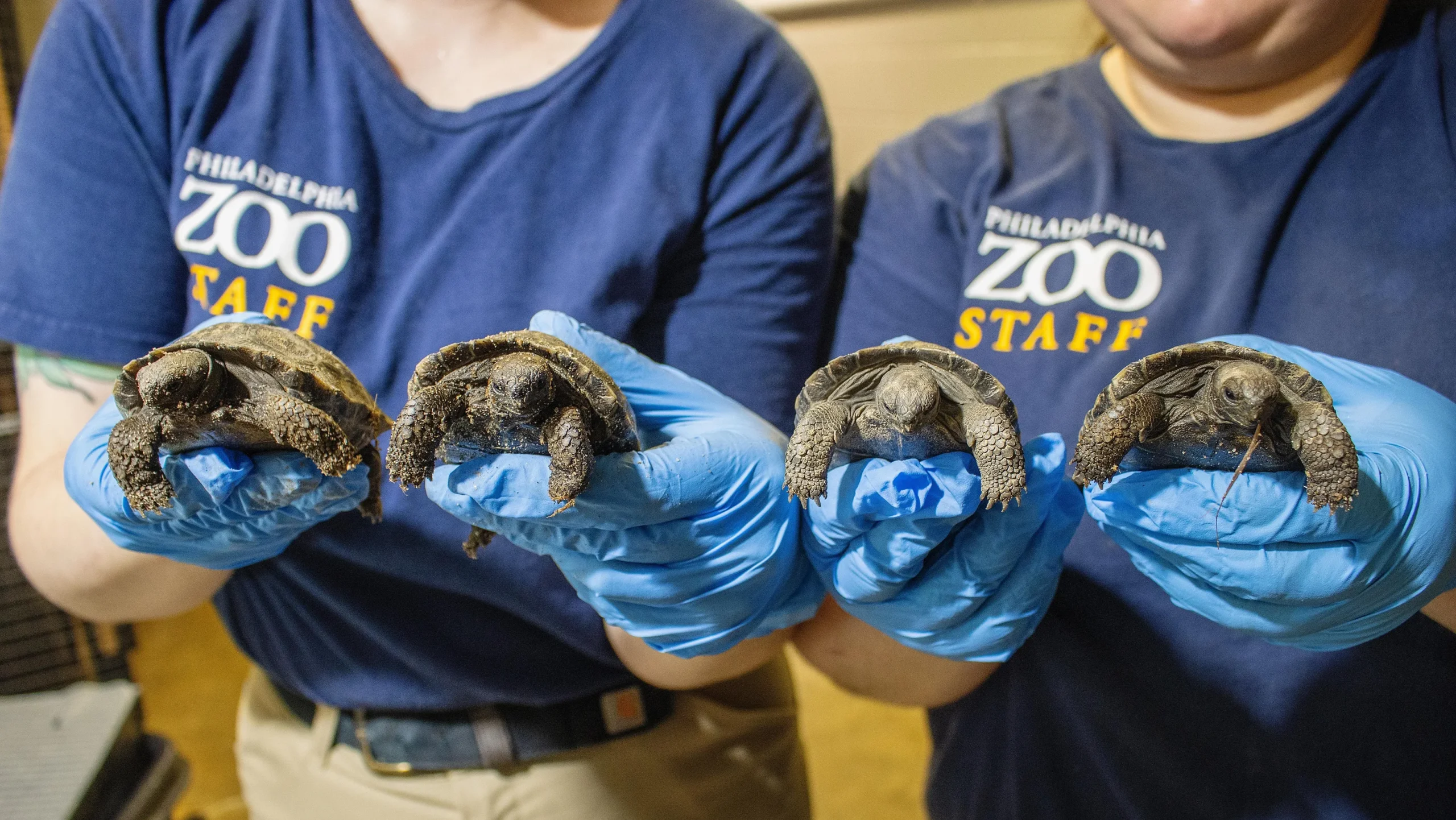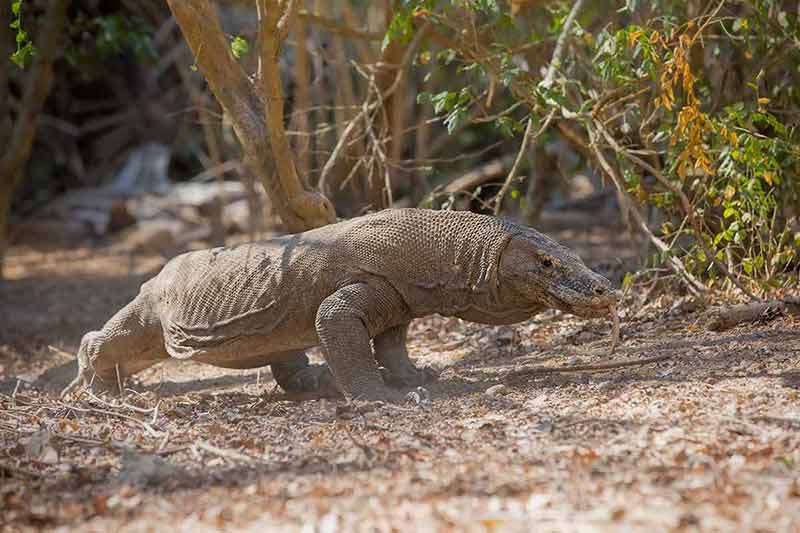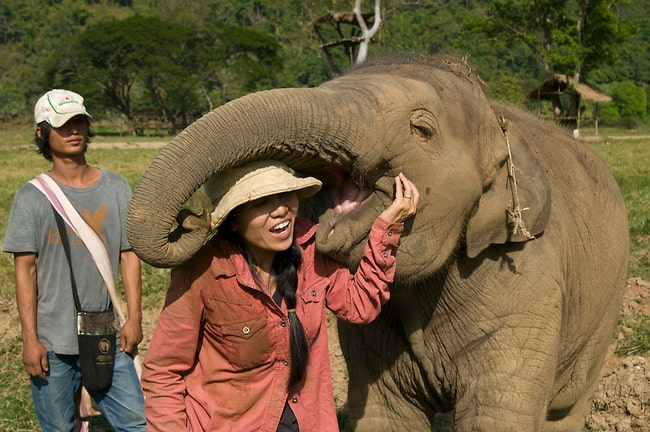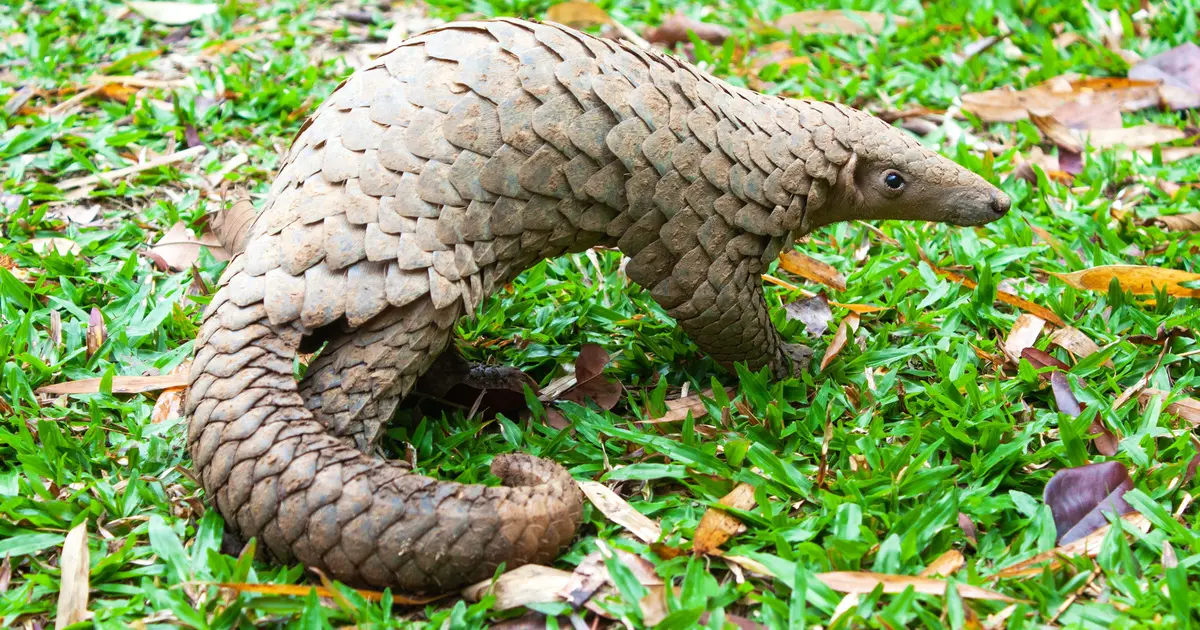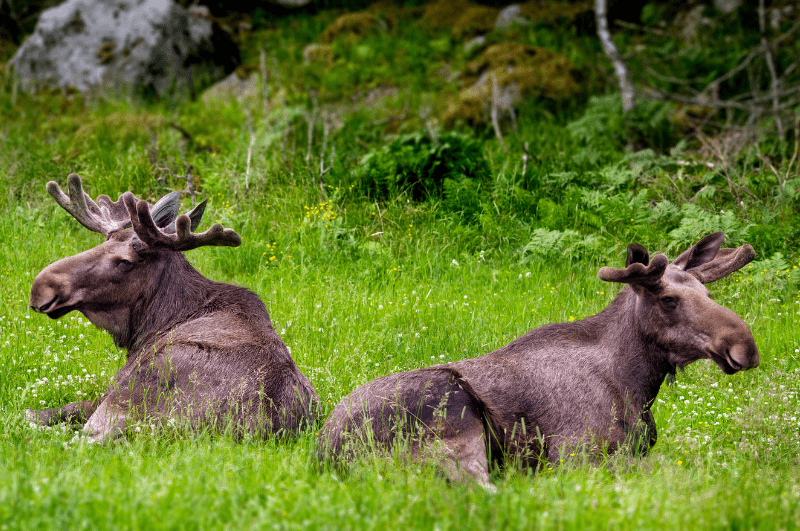Picture this: I’m on a dusty safari in Kenya years ago, craning my neck to spot a tower of giraffes munching on acacia leaves. Their spots looked like abstract art, and I thought, “These giants are all the same, right?” Turns out, I was wrong—big time. Fast-forward to today, and science has flipped the script on these long-necked wonders. A fresh analysis just dropped, confirming not one, but four distinct giraffe species roaming Africa. It’s like discovering your favorite band has secret side projects. This revelation isn’t just trivia; it could save them from vanishing quietly into the savanna sunset.
The Traditional View of Giraffes
For centuries, scientists lumped all giraffes under one species: Giraffa camelopardalis. It made sense back then—same towering necks, same quirky tongues, same spotted coats. But as explorers mapped Africa, whispers of differences emerged, like varying spot patterns or regional behaviors. Still, the one-species idea stuck, treating giraffes as a uniform group despite their spread across vast landscapes.
The Groundbreaking 2016 Study That Started It All
Back in 2016, a team from the Giraffe Conservation Foundation (GCF) and partners dove into giraffe DNA, analyzing samples from across the continent. They found genetic gaps wide enough to suggest four separate species, not just subspecies. It was a shocker, quadrupling the count overnight and sparking debates in wildlife circles. Suddenly, conservationists realized protecting “giraffes” meant tailoring plans to unique groups, each with its own risks.
The Latest 2025 Confirmation: IUCN Seals the Deal
Fast-forward to August 2025, and the International Union for Conservation of Nature (IUCN) has officially endorsed this four-species model after a thorough review. Their task force pored over genetic data, skull shapes, and even those bony “horns” called ossicones. This isn’t guesswork—it’s backed by tech advances making genome sequencing dirt cheap, dropping from thousands to about $100 per sample. The verdict? Giraffes are as distinct as polar and brown bears, demanding species-specific safeguards.
Why This Reclassification Matters Now
With giraffe numbers dipping 30% in decades, this split highlights urgent threats. Northern giraffes teeter on the edge with under 6,000 left, while southern ones hold steady at nearly 50,000. It’s a wake-up call: lumping them muddies protection efforts. As one expert put it, “When you lump giraffes all together, it muddies the narrative.”
Meet the Four Giraffe Species
Get ready to rethink your zoo visits—these aren’t just variations; they’re full-blown species with unique vibes. Each has evolved in isolation, shaping their spots, sizes, and survival strategies. Let’s break them down, one neck at a time.
Northern Giraffe: The Most Vulnerable Giant
Northern giraffes roam fragmented pockets in Central and West Africa, like Chad and Cameroon. They’re lighter in color with faded spots, adapting to arid zones. But with only about 5,900 left, they’re the poster child for “silent extinction,” hit hard by poaching and conflict.
Reticulated Giraffe: The Net-Patterned Beauty
Spot these in northern Kenya, Ethiopia, and Somalia—their coats look like cracked earth, perfect camouflage in thorny bushlands. Around 16,000 remain, down 50% from 35 years ago, thanks to habitat loss and illegal hunting. They’re the flashiest, but that doesn’t shield them from snares.
Masai Giraffe: The Star-Shaped Spot Holder
Dominating Tanzania and southern Kenya, Masai giraffes sport jagged, star-like spots on darker fur. They’re the most numerous at 45,400, but farmland encroachment squeezes their space. I once watched a herd in the Serengeti—graceful, yet so fragile amid growing human pressures.
Southern Giraffe: The Population Powerhouse
Spanning Namibia, Botswana, and South Africa, these guys have blocky spots and thrive in diverse savannas. With 49,850 individuals, they’re stable, but drought and overgrazing loom. Their success shows what targeted conservation can achieve, like anti-poaching patrols in reserves.
Comparing the Four Giraffe Species: A Side-by-Side Look
To make sense of these giants, here’s a handy comparison. I’ve pulled from recent data to highlight differences—think of it as a family reunion where everyone’s got their own quirks.
| Species | Population (2025 Est.) | Primary Locations | Spot Pattern | Key Threats | Conservation Status |
|---|---|---|---|---|---|
| Northern Giraffe | ~5,900 | Central/West Africa (e.g., Chad) | Faded, irregular | Poaching, political instability | Critically Endangered |
| Reticulated Giraffe | ~16,000 | Northern Kenya, Ethiopia | Net-like, defined edges | Habitat fragmentation, bushmeat | Endangered |
| Masai Giraffe | ~45,400 | Tanzania, Southern Kenya | Jagged, star-shaped | Farmland conversion, roads | Vulnerable |
| Southern Giraffe | ~49,850 | Namibia, Botswana, South Africa | Blocky, rounded | Drought, overgrazing | Least Concern |
This table underscores the diversity—northern ones are in dire straits, while southern populations offer hope.
Subspecies Breakdown: Even More Layers to the Story
Beyond species, subspecies add nuance, like regional accents in a language. Northern giraffes split into Kordofan (2,300), Nubian (3,000), and West African (600). Masai include Luangwa (650) and standard Masai (44,750). Southern have Angolan (20,200) and South African (29,650). Reticulated stand alone at 15,950. Each faces tailored challenges, from desert droughts to forest encroachment.
Evolutionary Tales: How Giraffes Split Into Four
Giraffes’ family tree isn’t a straight trunk—it’s a tangled bush with ancient gene flows. Millions of years ago, populations diverged as rivers and climates shifted Africa. DNA shows limited mixing in the wild, proving they’re distinct. One study sequenced genomes from 90 giraffes, revealing loops of hybridization long ago. It’s evolution’s messy masterpiece, explaining why reticulated ones seem like hybrids.
The Role of Genetics in Redefining Species
Modern tech like cheap sequencing cracked the code. Researchers compared skulls and spots too—northern giraffes have subtler ossicones. This multi-angle approach quashed doubts, confirming four species via phylogenetic analysis. It’s science evolving with the animals.
Conservation Implications: A Game-Changer for Protection
Splitting giraffes means rethinking everything. Pros: Targeted funding for northern ones, like U.S. Endangered Species Act listings. Cons: More bureaucracy, potential confusion in translocations. Overall, it’s a win—individual Red List assessments could boost global aid.
Pros and Cons of the Four-Species Model
- Pros:
- Pinpoints threats, e.g., poaching for northern giraffes.
- Attracts species-specific donors and policies.
- Prevents genetic mixing in zoos or reintroductions.
- Cons:
- Complicates regulations, slowing action.
- Risks overlooking shared issues like climate change.
- Debates over “species” definitions could delay consensus.
This balanced view shows why the shift excites yet challenges experts.
Real-World Examples: Success Stories and Heartbreaks
Take Uganda’s efforts: Translocating northern giraffes boosted numbers by 20%. I chatted with a ranger once who shared how community patrols cut poaching. But in South Sudan, war wiped out herds—heartbreaking proof that politics trumps biology. These stories humanize the stats, reminding us conservation is about people too.
Where to See Giraffes: Navigational Tips for Travelers
Dreaming of spotting these species? Head to Etosha National Park in Namibia for southern giraffes—they’re abundant and photogenic. For Masai, Tanzania’s Tarangire is unbeatable. Reticulated? Kenya’s Samburu Reserve. Northern are trickier—try Zakouma in Chad, but check safety first. Eco-tours support locals, blending adventure with aid.
Best Tools for Giraffe Conservation: Transactional Recommendations
Want to help? Donate via GCF’s site (giraffeconservation.org)—their tracking collars monitor movements. Apps like iNaturalist let you report sightings, aiding data. For pros, GPS units from Savannah Tracking cost around $500, revolutionizing field studies. These tools turn passion into action.
People Also Ask: Common Questions About Giraffe Species
Drawing from Google trends, here are real queries folks search:
- How many species of giraffes are there? Recent science says four: northern, reticulated, Masai, and southern.
- Are giraffes endangered? As a whole, vulnerable—but northern are critically so, with under 6,000 left.
- What are the different types of giraffes? Beyond species, seven subspecies vary by region and spots.
- Do giraffes interbreed in the wild? Rarely; genetic barriers keep them distinct, unlike in captivity.
- How tall can giraffes get? Up to 18 feet, but it varies slightly by species.
These cover what searchers crave—quick facts with depth.
The Emotional Side: Why Giraffes Tug at Our Hearts
Giraffes aren’t just animals; they’re symbols of Africa’s wild grace. Remember that safari? A calf wobbling on spindly legs brought tears—pure wonder. But knowing they’re slipping away adds urgency. A dash of humor: If giraffes could talk, they’d say, “We’ve been hiding in plain sight—about time you noticed our spots!” It’s this mix of awe and alarm that fuels change.
Challenges Ahead: Habitat Loss and Poaching
Africa’s booming population fragments savannas—giraffes need vast ranges to thrive. Poachers target tails for fly whisks or bones for myths. Climate shifts dry waterholes, forcing risky migrations. Yet, hope flickers: Botswana’s bans on hunting reversed declines. We must act before it’s too late.
Innovative Solutions on the Horizon
Drones patrol reserves, AI analyzes camera traps—tech’s transforming conservation. Community programs teach farmers giraffe-friendly fencing. Translocations, like moving 20 northern giraffes to Uganda, show promise. These aren’t pie-in-the-sky; they’re proven wins.
FAQ: Answering Your Burning Giraffe Questions
How did scientists discover there are four giraffe species?
Through DNA from over 2,000 giraffes and skull studies, revealing ancient divergences. The 2016 paper sparked it, but 2025’s IUCN nod made it official.
Are all giraffe species endangered equally?
No—southern are stable, but northern teeter on extinction with tiny populations. Each needs custom plans.
What can I do to help giraffe conservation?
Adopt via GCF, avoid products with giraffe parts, support eco-tourism. Even sharing articles raises awareness.
How do giraffe species differ physically?
Spots tell the tale: reticulated’s nets, Masai’s stars, northern’s fades. Sizes vary too, with reticulated often tallest.
Will this change affect zoos and breeding programs?
Yes—zoos must match species for breeding to preserve genetics, avoiding hybrids.
Wrapping Up: A Call to Action for Giraffe Lovers
We’ve journeyed from one species to four, unpacking science, stories, and stakes. This quadrupling isn’t academic fluff—it’s a lifeline for Africa’s icons. As I reflect on that Kenyan sunset with giraffes silhouetted, I urge you: Dive deeper, donate, demand change. Visit Giraffe Conservation Foundation for more, or check IUCN’s reports. Together, we can ensure these gentle giants keep reaching for the stars
